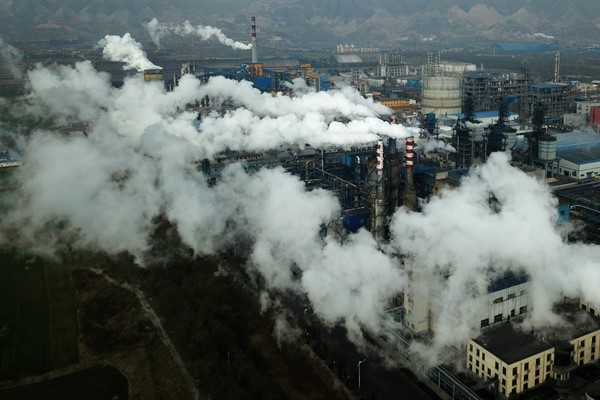Editor’s Note: Every Wednesday, WPR contributor Lavender Au and Newsletter and Engagement Editor Benjamin Wilhelm curate the week’s top news and expert analysis on China.
Carbon neutrality is rarely discussed within China. At the U.N. General Assembly last week, however, Xi Jinping made a high-profile pledge that China’s emissions would peak before 2030 and that the country would go carbon neutral by 2060. Ultimately, the pledge fits into a fundamental domestic objective in Beijing: energy security. Debate over energy policy in China centers around the country’s resilience against supply chain uncertainties. This year, for the first time, two Chinese ministries released a high-level policy document, known as “guiding opinions,” dedicated to safeguarding energy security.
As outlined in that document, China will pivot inward and build up its domestic power generation. Wind and solar cannot yet provide the kind of scale to power major Chinese cities or industries. In recent years, as provincial governments across China barreled ahead with distributing approvals for wind and solar plants, they ran up against problems—the energy generated either wasn’t fully used, or many plants didn’t reach their full capacity and, therefore, profitability.

